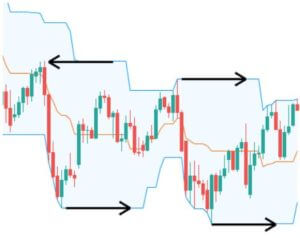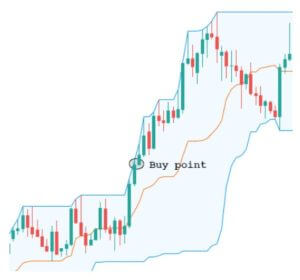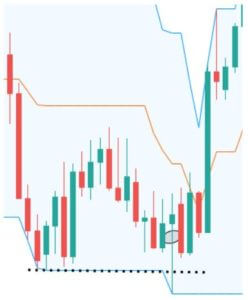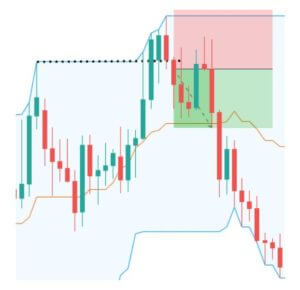Important decision-makers are accountable. The decision to conclude a transaction is the trader’s prerogative, which must take into account the behavior of market professionals and crowds. Many players prefer to wait for the end of the trading day. Therefore, traders who use the strategy Turtle Soup have time to think about an exchange with a more balanced approach. An operation is transferred the next day of negotiation and this strategy, which is updated and is called “Turtle Soup+1”.
The creator of the “Turtle Soup+1” strategy is Linda Raschke. She highlighted the following conditions necessary to build a trading system:
– The market falls to a bottom of 20 bars.
– The previous 20-bar background must have formed at least 3 trading sessions before (for the daily chart).
In this scenario, the trader has the opportunity to:
– Place an order pending to be able to buy in the previous minimum level of 20 bars lower on the second day after the formation of a new bottom of 20 bars.
– Place a stop protection order at the new minimum level of 20 bars lower or at the minimum of the next day, depending on which of them is lower.
– Set a portion of the winnings in 2-6 trading days and use a floating stop order to control the rest of the position.
In early May, in the daily chart of USD/JPY appeared the necessary conditions to implement the strategy «Turtle Soup+1»: a minimum of 20 bars were formed and the previous minimum of 20 bars was created 5 days before. A trader waits for the closing and places a pending purchase order the day after the formation of the new minimum of 20 bars. The activation of the pending order allows us to place a stop order at the minimum level minus a few points and observe the market reversal. After 2 days part of the position closes and the market grows 4.5 figures.

Having a reserve time allows the trader to analyze the situation in different periods of time. In the USD/JPY daily chart RSI was moved to the oversold zone, which may be a confirmation signal of a correction or a reversal of a bearish trend.
Everything that is fair to the bearish market in Forex is also applied in a bullish situation. The algorithm for implementing the “Turtle Soup+1” strategy in bullish conditions is as follows:
– The market is growing at a peak of 20 bars.
– The previous peak of 20 bars must have formed at least 3 trading sessions before.
– Place an order pending sale at the previous maximum level of 20 bars on the second day after the formation of a new peak of 20 bars.
– Place a stop protection order at the new maximum level of 20 bars or at the maximum of the next day, depending on which of them is higher.
– To fix a part of the profits occurs in 2-6 trading days.
– A floating stop is used to control the rest of the position.
A good example is a situation that occurred on the USD/CAD chart. The distance between the new and previous maximum of 20 days is 8 bars, the opening of the position is made the day after the formation of the pattern.
By taking time out, a trader can move to a shorter time frame and see a clear divergence MACD, which is an important investment signal in technical analysis.
In my opinion, the strategy “Turtle soup+1” is more interesting than “Turtle Soup”. It does not require an instant reaction and a trader has time to think well about a transaction. On the other hand, a trader always has the possibility of failing a trade while waiting for the second bar to form, which follows the end of 20 days.






